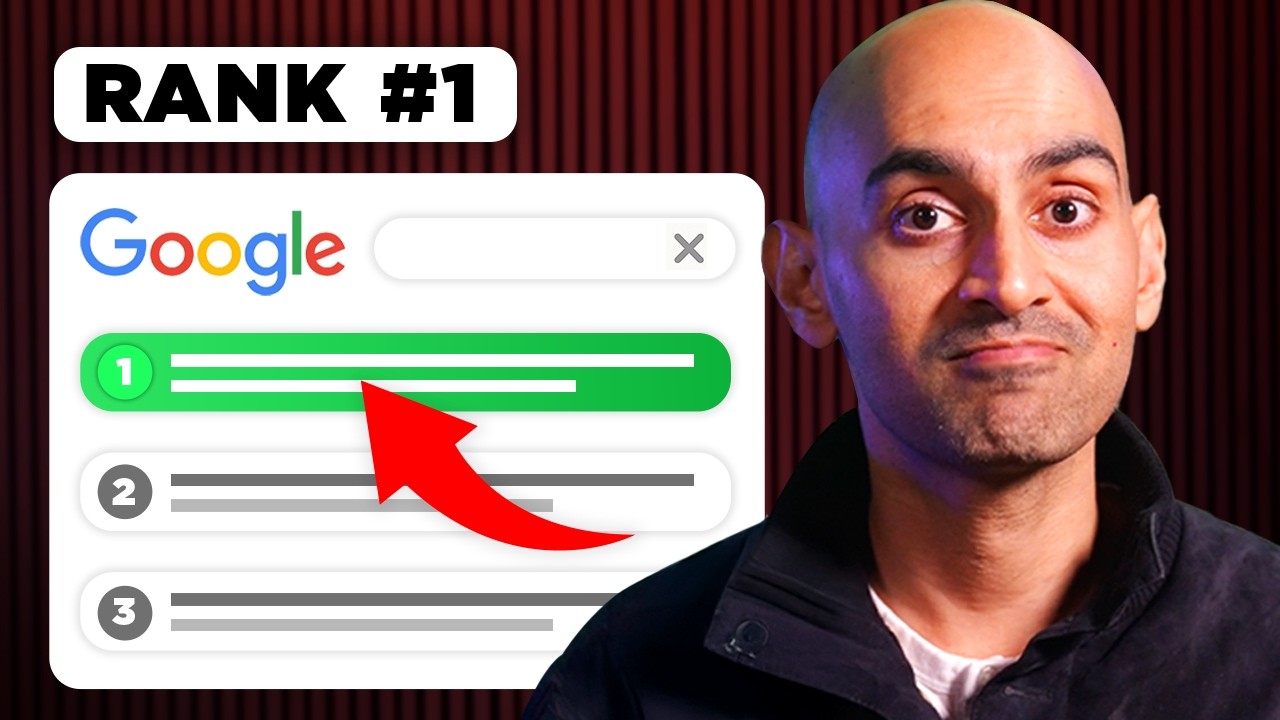Contents
There’s an exciting opportunity waiting for you in the world of ebook publishing, especially if you have valuable non-fiction insights to share. In this guide, you’ll learn how to strategically price your ebook, navigate the publishing process, and effectively promote your work for maximum profit. Whether you’re a seasoned author or a first-timer, these actionable tips will empower you to make the most of your writing journey and boost your earnings in the competitive digital marketplace.
The Pricing Puzzle: Strategies for Profitability
Setting the right price for your ebook is a delicate balance between maximizing profit and being competitive in the market. Understanding various pricing strategies will help you create a price point that reflects the value of your content while appealing to your target audience. Analyzing similar titles, understanding consumer behavior, and experimenting with different price points can pave the way for your ebook’s financial success.
Deciphering the Market: How to Analyze Comparable Titles
To establish an effective pricing strategy, you must first examine the competition. Analyze the following aspects of comparable non-fiction titles:
| Aspect | Details |
|---|---|
| Price Range | Identify the typical price range for titles in your niche. |
| Average Ratings | Note the average ratings and reader feedback to understand perceived value. |
| Page Count | Compare the length of your book to similar titles to gauge reader expectations. |
| Promotions | Observe any discounts or promotional strategies affecting competitor sales. |
Psychological Pricing: How to Leverage Consumer Behavior
Pricing your ebook at $9.99 instead of $10 may seem trivial, yet this psychological pricing technique can yield significant results. Consumers tend to perceive prices ending in ‘.99’ as lower than they actually are, triggering a more favorable response. Understanding these pricing strategies allows you to position your ebook in a way that enhances its attractiveness without sacrificing potential profit.
Incorporating psychological pricing strategies can tap into consumer behavior effectively. If your ebook is priced at $11.99, some buyers might round it up to an even $12 in their minds, potentially overlooking its actual value. Also, consider tiered pricing for bundled offers or limited-time discounts, which can create a sense of urgency and promote conversions. Testing various price points can illuminate what resonates best with your audience, revealing the sweet spot where sales and profitability align seamlessly.
The Publishing Pathway: Choosing Your Route
Deciding how to publish your ebook is a pivotal step in your journey as an author. You can either go the self-publishing route, where you control the entire process, or choose traditional publishing, where you team up with established publishers. Both pathways offer unique advantages and challenges, influencing your ebook’s reach and profitability. Before you launch on this journey, consider the insights shared in I Wrote an Ebook to See How Much Easy Money I Could … for a clearer understanding of the options available.
Self-Publishing vs. Traditional Publishing: Pros and Cons
| Pros | Cons |
|---|---|
| You retain full creative control over your work. | You have to handle all marketing and promotion yourself. |
| Higher royalty rates compared to traditional publishing. | Initial costs for editing, design, and formatting may be high. |
| Quick turnaround from writing to publishing. | Limited reach unless you invest in marketing efforts. |
| You can update your ebook at any time. | More competition as many authors self-publish. |
| Your work can achieve niche market success. | No advance payment like in traditional publishing. |
Formatting and Editing Essentials: Making Your Ebook Shine
Polished formatting and thorough editing are vital in making your ebook stand out in a crowded market. Readers may judge the quality of your content based on its presentation; hence, ensuring proper formatting for different devices is key. Consider using tools such as Scrivener or Vellum for formatting, while hiring a professional editor can help you refine your narrative, eliminate errors, and enhance overall clarity. Strive for a seamless reading experience, as even minor mistakes can detract from the professionalism of your work, potentially impacting sales.
Crafting a Compelling Ebook Description: Hooking Your Audience
A compelling ebook description serves as your first impression, drawing potential readers in and piquing their interest. It must succinctly convey the value your content offers, acting as a hook that encourages visitors to click the ‘buy’ button. Focus on addressing the pain points your target audience faces and how your ebook provides solutions. Utilize engaging language that evokes curiosity while clearly outlining the benefits of reading your book. A well-crafted description can be the deciding factor between a sale and a missed opportunity.
The Art of Copywriting: Writing Persuasive Blurbs
Effective copywriting blends creativity with strategy, creating persuasive blurbs that resonate with your audience. Highlight the unique aspects of your ebook while emphasizing benefits rather than just features. Craft a narrative that speaks directly to your reader, making them feel understood and excited about what they will learn. Powerful testimonials or compelling statistics can enhance your blurb, providing social proof that adds credibility to your work.
Keywords that Convert: Optimizing for Search Engines
Optimizing your ebook description with targeted keywords is imperative for visibility in search engines. Conduct keyword research to identify phrases your target audience is searching for and seamlessly incorporate these into your description. Balance this with natural language to ensure your text remains engaging while improving search engine rankings, making it easier for readers to discover your ebook. Use tools like Google Keyword Planner or Ubersuggest to find popular, relevant keywords that have lower competition for better results.
When optimizing for search engines, aim to keep your keywords in strategic places such as the title, subheadings, and throughout the blurb itself. You can include long-tail keywords—phrases consisting of three or more words that are specific to your content—since they often attract more qualified traffic. For example, instead of focusing solely on “time management,” consider using “effective time management strategies for busy professionals.” Combining these insights ensures your ebook not only reaches your target audience but also converts views into sales.
Launching with Impact: Building a Buzz
Creating a buzz around your ebook before its release can significantly impact its initial sales. A well-thought-out launch strategy aligns your marketing efforts and effectively captures your target audience’s attention. Ensuring that your audience knows about your ebook well in advance helps generate excitement and anticipation, paving the way for a successful launch day.
Pre-Launch Activities: Generating Anticipation
Start generating anticipation by sharing sneak peeks of your content and cover design on your blog or newsletter. Organize online events such as webinars or live Q&A sessions. Engaging with potential readers and offering exclusive previews or limited-time discounts encourages them to mark their calendars for your launch date.
Leveraging Social Media for Maximum Reach
Utilizing social media can vastly expand your reach during your ebook launch. By creating engaging content tailored for various platforms, you can tap into diverse audience segments. Utilize teaser posts, countdowns, interactive polls, and reader reviews to create a dialogue around your work. Partnering with influencers or industry peers can also amplify your message, providing added exposure.
Social media allows you to connect on a personal level, fostering a community around your ebook. Utilize stories, reels, and live sessions for real-time interaction. Aim for authenticity; for instance, share your writing journey or behind-the-scenes content to create a sense of connection with your audience. Engaging with followers through comments, direct messages, or even shout-outs can enhance the relationship you have with your reader base, making them feel like they are a part of your release. A well-executed social media strategy can lead to a snowball effect, amplifying your launch and reaching potential buyers beyond your immediate circle.
Sustaining Momentum: Long-Term Promotion Strategies
Once your ebook is out in the world, keeping the momentum alive is important for ongoing sales. Utilize a blend of tactics to maintain visibility, such as leveraging social media, completing follow-up campaigns, and continuing to connect with your audience. Regularly assess your marketing strategies and adapt to new trends to enhance your reach. One effective strategy you can explore is How To Write An Ebook Fast And Sell It For Profit, which underscores how your writing and marketing sync together for maximum impact.
The Power of Email Marketing: Engaging Your Readers
Utilizing email marketing allows you to build a direct relationship with your readers. By crafting engaging newsletters, you can keep them informed about updates and special promotions. Tailoring your messages to resonate with your audience fosters loyalty and encourages repeat purchases, significantly amplifying your ebook’s longevity in the marketplace.
Expanding Your Audience: Collaborations and Guest Features
Collaborative efforts can introduce your ebook to fresh audiences, making partnerships or guest features a powerful tactic. Explore opportunities with fellow authors or influencers in your niche who share a similar target audience. By exchanging guest blog posts, co-hosting events, or promoting each other’s work, you can tap into new reader bases, enhancing visibility and sales.
For instance, guest appearances on popular podcasts can offer access to engaged listeners who are eager for content like yours. When two authors collaborate, both benefit from combined marketing efforts. Consider writing joint articles with another author or hosting a webinar to showcase your expertise and attract potential readers. This not only diversifies your audience but also elevates your credibility in the eyes of new followers.
Conclusion
With these considerations, you can effectively price, publish, and promote your non-fiction ebook to maximize your earnings. By understanding your target audience, implementing strategic pricing, and utilizing various marketing channels, you can enhance your book’s visibility and profitability. Continual evaluation of sales data and reader feedback will also empower you to make informed adjustments to your approach. Ultimately, success in the ebook market requires a blend of creativity, research, and persistence, allowing you to transform your knowledge into a sustainable income stream.








